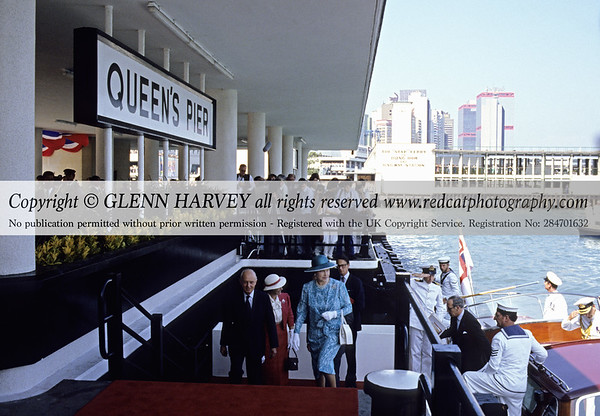Ghost in the Shell: Hong Kong’s Identity Crisis
In his essay ‘Building on Disappearance’, Akbar Abbas explored the disappearance of the city and the current self-definition dilemma. This dilemma is played out in space: while the Empire faded, centuries of influence and subjugation persist in the very streets of this multicultural ‘future’ city dominated by intersections of old and new, or more cliché East and the West. He contended that new challenges are present in Hong Kong’s extensive search for identity amid the rubble of British colonialism and the ongoing political integration with China. In his eyes, the irony lies where the very people of Hong Kong avoid
Continue readingGhost in the Shell: Hong Kong’s Identity Crisis
